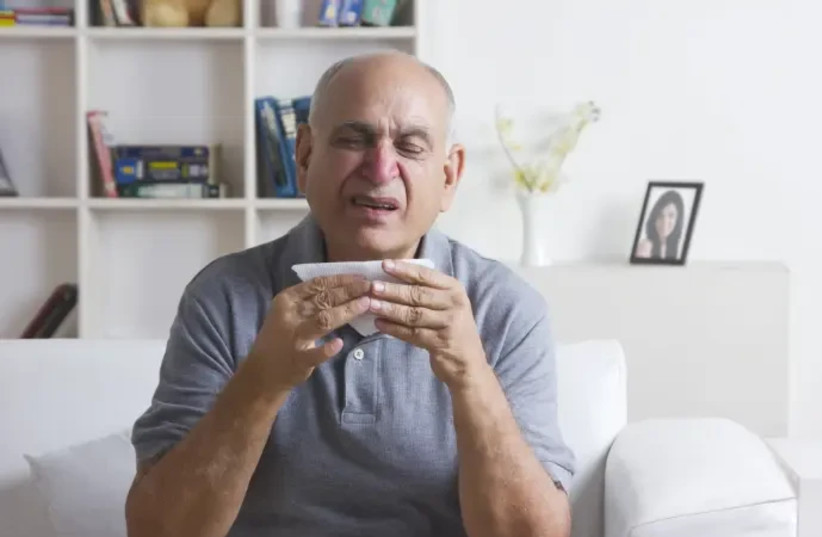Doctors have discovered a unique case of a man who experienced a tracheal rupture after attempting to hold back a sneeze.
The patient, a man in his thirties from Scotland, tried to stop a sneeze by pinching his nose and closing his mouth while driving.
The force of the sneeze was so intense that it created a 0.8 millimeter hole in his trachea. He experienced severe pain and doctors noticed whistling sounds when he breathed, though he was still able to speak, swallow, and breathe. A doctor from the University of Dundee emphasized that this unusual case should serve as a warning to individuals who try to suppress sneezes.

The doctor said that it is advised that individuals refrain from suppressing a sneeze by pinching their nose and closing their mouth, as this can lead to a tracheal rupture.
Additionally, he said, the patient had rhinitis, a common condition in which the nose becomes irritated due to an allergen like pollen. Sneezing causes an increase in airway pressure, but blocking the sneeze can result in a 20-fold increase in this pressure.

Only known instance
This case, reported in BMJ Case Reports, is the only known instance of a single sneeze causing a tracheal rupture. Upon arrival at the hospital emergency room, the patient had swollen neck on both sides and difficulty moving it. An X-ray revealed surgical emphysema, a condition where air becomes trapped in deep tissues beneath the skin.
CT scans showed that the tear occurred between the third and fourth cervical vertebrae, and air had accumulated in the space between the lungs in the chest. The doctors determined that surgery was unnecessary and instead observed the patient for two days in the hospital to ensure stable oxygen levels. Afterwards, the patient was discharged with painkillers and medication, and the tear healed within five weeks.
Professionals have also added that conservative treatment is an option for stable patients with tracheal tears who do not require mechanical ventilation. These patients should be closely monitored for 24 to 48 hours to prevent any deterioration.
